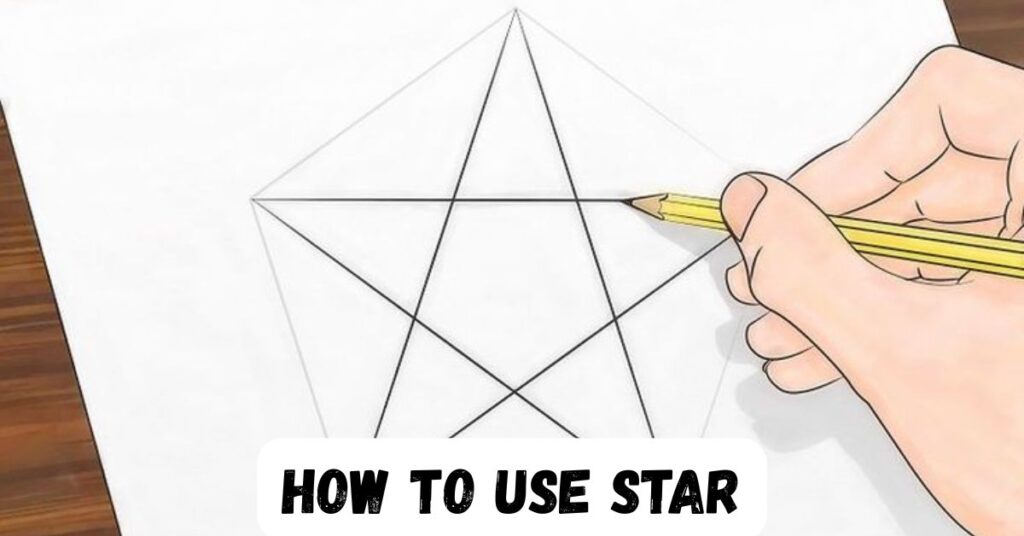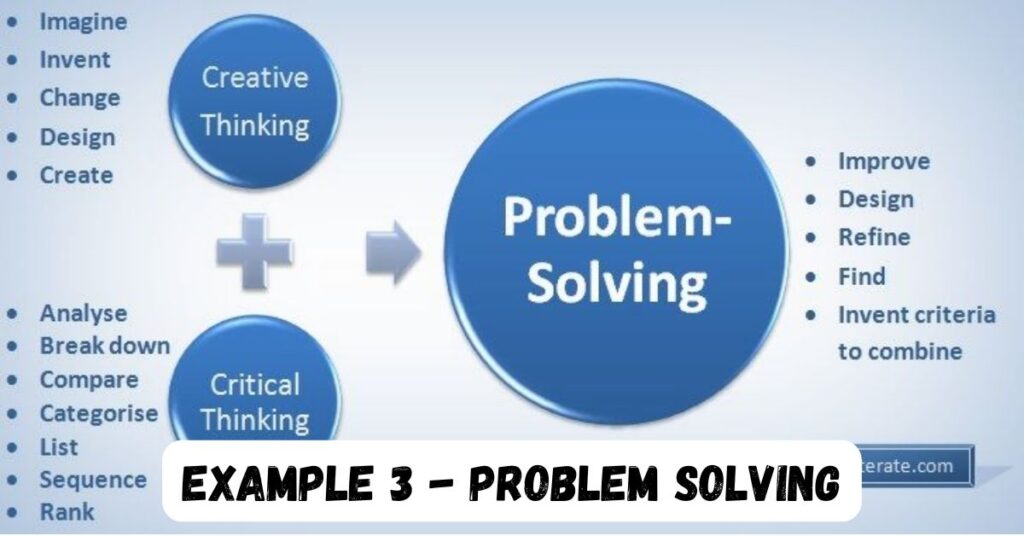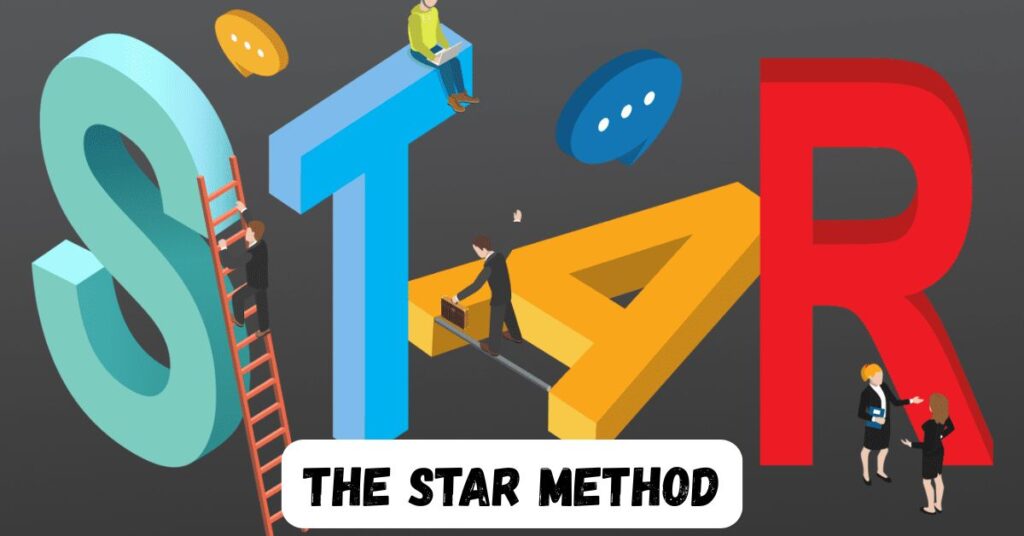The STAR technique represents a substantial framework for formulating answers to behavioral interview questions. Though job candidates face a lot of difficulty in expressing their experiences in the most effective manner.
Interviewers want real examples and not imaginary skills claims. The STAR method provides a defined structure through which you can show your skills alive examples: This is what really hire managers ask structuring examples: As approach works well for entry-level through senior professionals.
The STAR technique will make your application stand out from the other candidates who all have the same experience but account entirely differently of their abilities. The method is widely recognized across industries and professionsLearning this technique represents a valuable investment in your career development.
What STAR Stands For
Situation describes the context or circumstance you faced. Every good example starts with setting the scene clearly. The situation provides necessary background information for your story.
You should explain where and when this scenario occurred. Include relevant details about challenges or constraints you faced. The situation should be specific rather than general. Keep this section brief but informative.
Remote work situations have become increasingly relevant to mention. The situation should be relatable to the interviewer without requiring specialized knowledge. This component establishes the foundation for your entire response.
When to Use STAR
Job interviews benefit tremendously from the STAR method. Behavioral questions specifically ask for examples from your past experience. Competency-based interviews thus become an important context of this question format.
A lot of interviewers, it seems, try to check how candidates organize their answers.Panel interviews benefit from clear, organized examples. Virtual interviews require especially structured answers to maintain engagement.
Technical interviews often include behavioral components alongside skills testing. The STAR method helps you prepare concrete examples before walking into the interview room. Dealing with unexpected questions become feasible when an organized strategy helps with the reply. Such structured answering holds true for entry level, as well as executive interview cases.
How to Use STAR
The very first step toward preparation is deeply going through the job description. Identify the key competencies which an employer requires a candidate to possess. Then create a personal inventory of suitable experiences for each skill required.

Develop multiple examples for critical job requirements. Practice delivering your examples aloud before the interview. Time your responses to ensure they remain concise and focused. Record yourself to identify areas for improvement in delivery.
Consider volunteer work and academic projects if professional experience is limited. Organize your examples in a reference document for quick review. This preparation ensures you have relevant examples ready for common interview questions.
Example 1 – Leadership Skills
A marketing team faced declining engagement across digital channels last year. The director identified the need for a fresh approach to content strategy. Jennifer was assigned to develop and implement a new content calendar addressing this issue.
The project required coordination across multiple departments with different priorities. Budget constraints meant the solution needed to leverage existing resources creatively. The team had previously relied on inconsistent posting without clear themes.
READ MORE THIS BLOG : Tips for Camping with Kids: An Epic Family Adventure Guide
This situation provided an opportunity to demonstrate strategic thinking and team leadership. The declining metrics created urgency around finding an effective solution quickly. Jennifer’s leadership would be tested by the cross-functional nature of the project.
Example 2 – Teamwork
A major community fundraising event was about to take place, needing volunteers to coordinate for this nonprofit organization. The fundraiser, which normally raised over $50,000 each year, was to be used for children’s education programs in the local setting. Three weeks prior to the date of the event, the volunteer coordinator resigned unexpectedly.
Twenty volunteers needed clear direction and assignments to ensure event success. Previous events had suffered from communication gaps between different volunteer teams. The organization couldn’t afford to hire temporary staff to fill the coordination gap.
Weather forecasts indicated possible rain, requiring contingency planning. Community expectations were high based on successful events in previous years. This situation required strong teamwork skills to overcome the challenges.
Example 3 – Problem Solving
A software development team encountered a critical bug in their product just days before a major release. The bug caused data synchronization failures under specific user conditions.Approximation of 15% of the current beta testers were affected, however, the occurrence was brief and irregular.

Thus far, the trial to mitigate its escalation met failure. The scheduled release included significant features promised to key clients. Postponing the release would damage client relationships and trust.
The development team was already working at capacity on other priorities. Technical documentation for the affected system components was incomplete. This situation required creative problem-solving under significant constraints. The problem threatened both the product timeline and company reputation.
Frequently Asked Questions
How long should a STAR example be in an interview?
A well-structured STAR example typically takes 1-2 minutes to deliver verbally, providing sufficient detail while respecting the interviewer’s time.
Can I use personal examples instead of professional ones?
Personal examples are appropriate when they demonstrate relevant transferable skills, especially for those with limited professional experience.
Should I prepare STAR examples for every possible question?
Prepare 5-7 strong examples covering key competencies like leadership, teamwork, and problem-solving that can be adapted to different questions.
What if I don’t have a positive outcome to share?
Learning experiences with initially negative outcomes make valuable STAR examples when you focus on what you learned and how you’d approach it differently now.
Can I use the same STAR example for different questions?
One strong example can address multiple competencies, but emphasize different aspects depending on the question and avoid overusing the same example.
Conclusion
The STAR method transforms ordinary interview answers into compelling evidence of your capabilities. This structured approach helps you articulate your experiences in a clear, concise manner that resonates with employers.
Mastering this technique requires practice but yields significant rewards throughout your career. The method works equally well for entry-level candidates and seasoned professionals. Anyone can learn to present their experiences effectively using this framework.
Taking time to develop your personal inventory of STAR examples represents a valuable career investment. Employers consistently respond positively to candidates who provide concrete examples rather than vague claims. Your experiences gain meaning and impact when structured effectively through the STAR method.

Tina Morris is an experienced blogger and a passionate wordsmith at Phrase Pioneers. With a keen eye for language and a deep love for writing, she shares insightful posts on grammar, phrases, and the art of communication.







